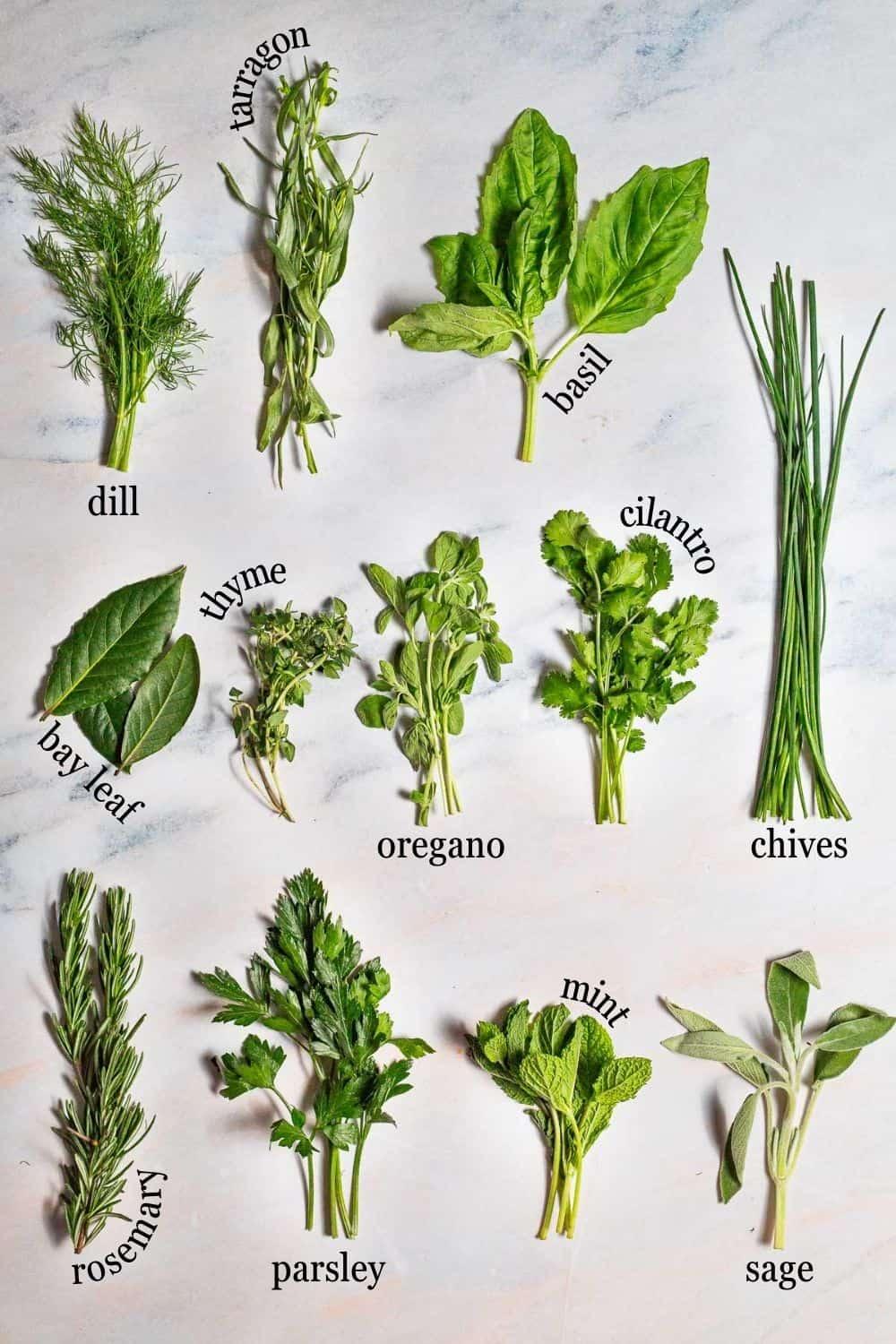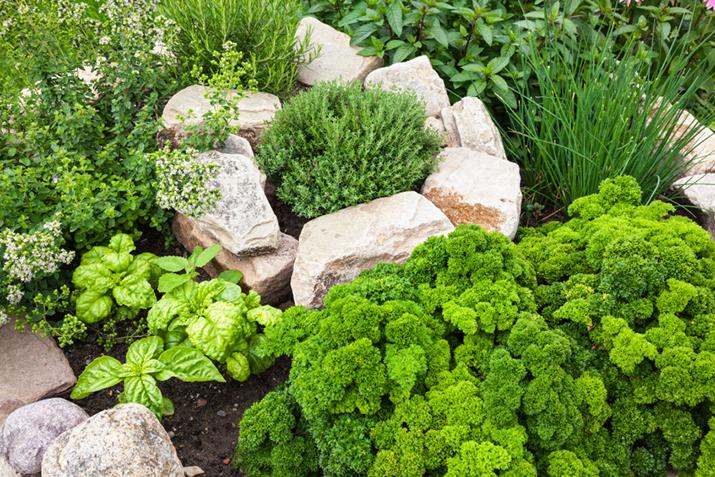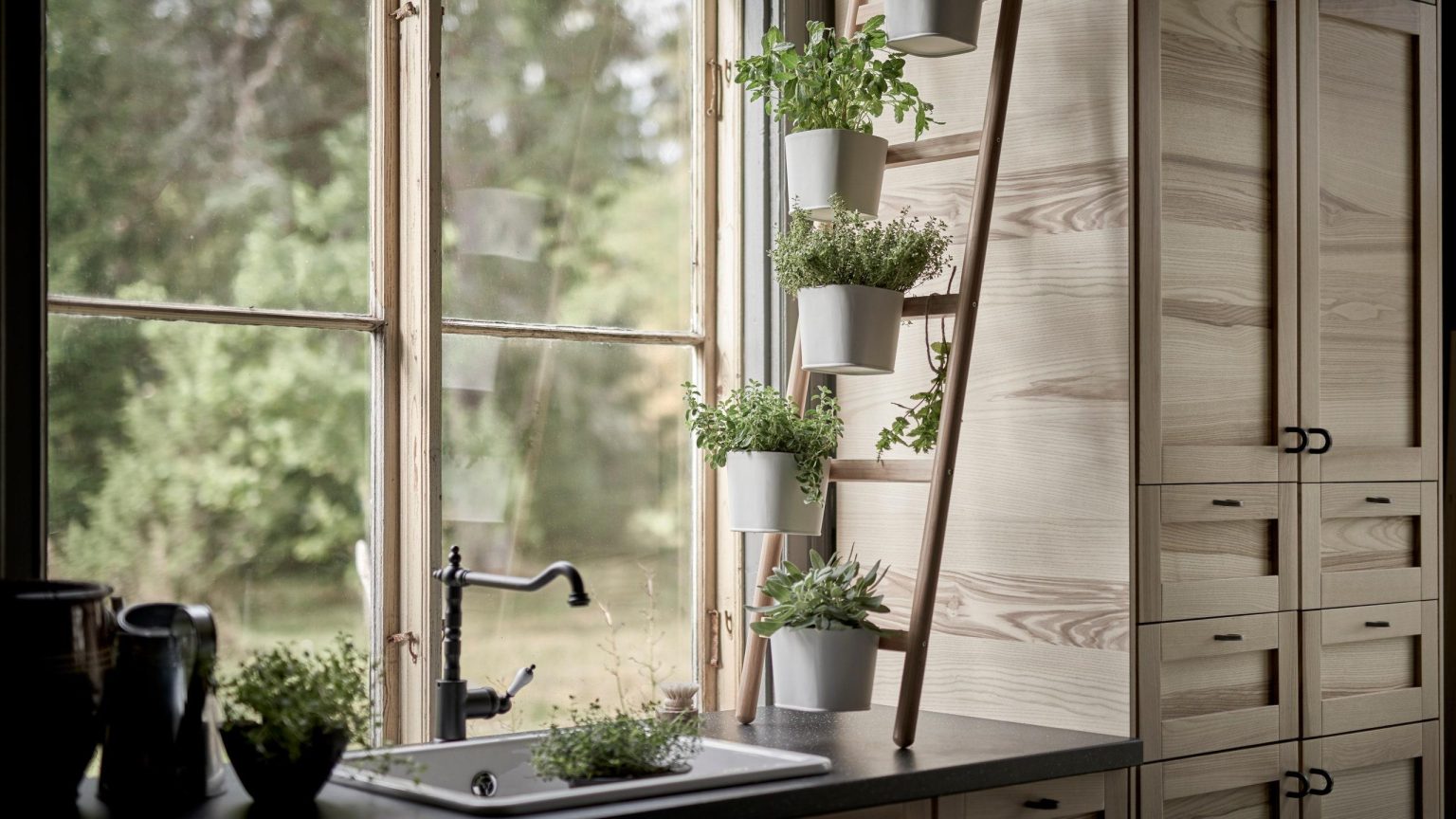If you’ve ever found yourself reaching for a sprig of fresh basil or a handful of fragrant thyme while preparing a meal, you understand the subtle but profound impact that fresh herbs can have on flavor. The idea of cultivating your own kitchen herb garden may seem daunting at first, but it can be a deeply rewarding and surprisingly simple endeavor. This step-by-step guide is designed to take you through the process of starting your own herb garden, offering practical advice and essential tips to ensure your success. Whether you have a spacious backyard or just a sunny windowsill, growing your own herbs can enhance your culinary creations, beautify your kitchen space, and even contribute to your well-being. From selecting the right herbs to understanding soil and sunlight requirements, each step will equip you with the knowledge needed to create a thriving herb garden that will be a source of pride and inspiration in your culinary adventures. Let’s dig in and discover how you can transform your kitchen into a vibrant herb sanctuary.
Table of Contents
- Choosing the Right Herbs for Your Kitchen Garden
- Essential Supplies and Tools for Successful Herb Gardening
- Determining the Ideal Location and Conditions for Growth
- Maintaining Your Herb Garden: Watering, Pruning, and Pest Control
- Wrapping Up
Choosing the Right Herbs for Your Kitchen Garden

When setting up your kitchen herb garden, selecting the right herbs is crucial, as it will enhance your culinary experience and ensure you have fresh ingredients at your fingertips. Consider your cooking habits and the types of cuisine you frequently enjoy. Some popular choices include:
- Basil – Great for Italian dishes and pesto.
- Parsley – A versatile herb used for garnishing and flavoring.
- Cilantro – Essential for Mexican and Asian cuisines.
- Rosemary – Perfect for roasted meats and potatoes.
- Thyme – A staple in soups, stews, and marinades.
Additionally, consider the climate and space you have available, as herbs can vary in their needs for sunlight, soil, and water. For instance, some herbs thrive in full sun, while others prefer partial shade. To help you make informed choices, refer to the following table that summarizes some common herbs with their sunlight requirements and flavor profiles:
| Herb | Sunlight Requirement | Flavor Profile |
|---|---|---|
| Basil | 6-8 hours | Sweet, peppery |
| Parsley | 4-6 hours | Fresh, mild |
| Cilantro | 4-6 hours | Citrusy, earthy |
| Rosemary | 6-8 hours | Piney, woody |
| Thyme | 6-8 hours | Earthy, floral |
Essential Supplies and Tools for Successful Herb Gardening

To embark on your culinary herbs journey, ensuring you have the right tools and supplies is paramount. An effective herb garden begins with high-quality soil, rich in nutrients, and a reliable container that provides adequate drainage. Choose pots that are at least 6-8 inches deep for herbs with deeper root systems. Additionally, don’t overlook the importance of garden gloves; they protect your hands while handling soil and pruning plants. Here is a brief list of essential items:
- Herb Seeds or Seedlings: Opt for fresh seeds or young plants to kickstart your garden.
- Watering Can: A small, easy-to-handle watering can will help you control water flow.
- Spade or Trowel: Ideal for digging holes and transplanting your seedlings.
- Pruning Shears: Necessary for trimming and shaping your herbs throughout the growing season.
- Fertilizer: Look for organic fertilizers to promote healthy growth without compromising flavor.
Additionally, maintaining the right environmental conditions is crucial for thriving herbs. Consider investing in a moisture meter to gauge soil hydration and a grow light if your kitchen lacks direct sunlight. Using plant labels can also help you organize and identify your herbs easily. Below is a quick reference table for selecting the right herbs based on sunlight and water needs:
| Herb | Sunlight Requirement | Watering Needs |
|---|---|---|
| Basil | Full Sun | Moderate |
| Parsley | Partial Shade | Even Moisture |
| Thyme | Full Sun | Low |
| Mint | Partial Sun | High |
Determining the Ideal Location and Conditions for Growth
Finding the right spot for your kitchen herb garden is crucial for ensuring your plants thrive. The ideal location should receive plenty of natural sunlight, so aim for a spot that gets at least 6-8 hours of direct light each day. Consider areas like:
- South-facing windowsills that allow sunlight to pour in
- Balconies or patios that are unobstructed
- Indoor shelves near bright lighting fixtures
- Outdoor gardens with good exposure to daylight
Additionally, temperature and humidity levels significantly impact herb growth. Most herbs flourish in temperatures between 60°F and 75°F. To maintain optimal conditions:
- Keep them away from drafts to avoid sudden temperature fluctuations.
- Ensure adequate air circulation to prevent mold growth.
- Monitor humidity, as some herbs thrive in higher moisture levels while others prefer drier conditions.
| Herb | Sunlight Requirement | Ideal Temperature |
|---|---|---|
| Basil | Full sun | 70°F – 90°F |
| Mint | Partial shade | 60°F - 70°F |
| Parsley | Full sun | 60°F - 70°F |
Maintaining Your Herb Garden: Watering, Pruning, and Pest Control
Proper care is essential for a thriving herb garden. Watering should be done deeply but less frequently to encourage strong root growth. Aim to water your herbs early in the morning or late afternoon to minimize evaporation. Keep an eye on the soil—if the top inch feels dry, it’s time to hydrate. Here’s a simple checklist to help you monitor your watering schedule:
- Check soil moisture: Stick your finger into the soil up to an inch.
- Avoid overwatering: Ensuring excellent drainage is key.
- Adjust for weather: Increase watering during hot, dry spells.
Pruning is another important aspect of maintaining your herb garden, promoting bushier growth and preventing overcrowding. Regularly snip back leaves and stems, focusing on older growth to allow sunlight to reach the inner parts of the plants. Herbs like basil thrive when pinched back, resulting in a fuller plant. Also, keep an eye out for pests; common culprits include aphids, spider mites, and whiteflies. Employ natural pest control methods whenever possible: consider using insecticidal soap or releasing beneficial insects like ladybugs. Create a quick reference table for effective pest control options:
| Pest | Control Method |
|---|---|
| Aphids | Insecticidal soap or neem oil |
| Spider mites | Water spray or ladybugs |
| Whiteflies | Sticky traps or insecticidal soap |
Wrapping Up
embarking on the journey of creating your own kitchen herb garden is not only a fulfilling endeavor but also a step towards enhancing your culinary experiences. By following the outlined steps—from selecting the right herbs and preparing your soil to nurturing your plants with care—you’ll cultivate a thriving oasis of flavor at your fingertips. The benefits extend beyond the kitchen, as tending to your herb garden can also promote mindfulness and foster a connection with nature. Whether you have a spacious backyard or a small windowsill, the joy of plucking fresh basil, rosemary, or cilantro to elevate your dishes is irreplaceable. Remember, patience and consistency are key; over time, your garden will flourish, providing you with herbs that contribute both health and exuberance to your meals. So grab your gardening tools and seeds, and let the rewarding adventure of herb gardening begin!



